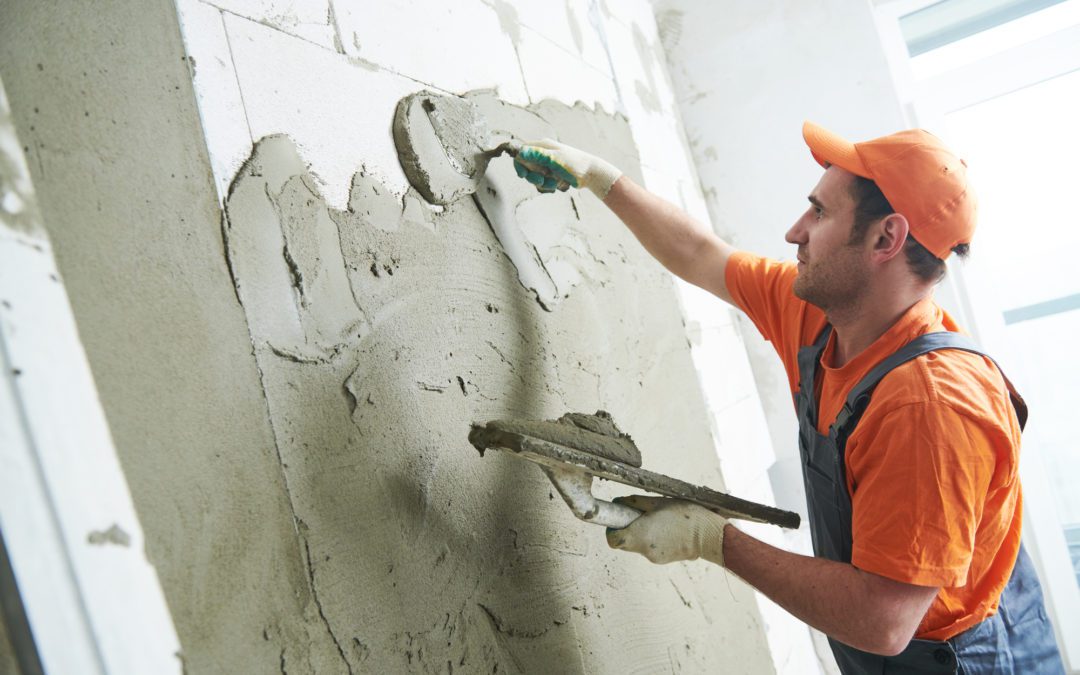Waterproofing
Water can be one of the worst enemies for the flooring, walls, and ceiling.
Drying the building is an excellent strategy to stop water from causing mould. There are tried-and-true techniques you may use to seal the building, such as installing watertight windows, caulking all openings around windows, doors, and other locations, putting in watertight roofs, and utilising watertight siding on the outside of the building.
Use Dehumidification Equipment
Using dehumidification equipment is a fantastic option when building new construction in a demanding circumstance like time constraints and persistent rain.
By reducing vapour pressure and humidity, a desiccant dehumidifier, for instance, is ideal for use while drying materials. In fact, it’s thought to be a successful technique for swiftly drying materials while lowering the risk of mould growth.
Ensure Materials Are Dry
Many places and items can become wet with rain and snow. For instance, after snow or rain, hardwood subfloors and frames may carry moisture. While you are drying them on the property, these materials will release the moisture inside.
You must gently dry off the materials because the moisture will eventually seep inside the wooden items.
Once you are certain that there is no moisture inside, you may start the drying process.
Use Trusses
Mould issues frequently appear throughout the framing process. Consequently, employing pre-built materials or components can ensure a speedy process, quick framing, and a speedy closing of the structure.
In this approach, wetness and even potential mould won’t have a chance to develop into a problem. Truss construction is more expensive, but it prevents mould growth and speeds up building.
Remove Humidity Sources
Sometimes even drying in is insufficient to get rid of the dampness. This happens whenever you add fresh sources of moisture to the building. For instance, removing asbestos-containing drywall during renovations may be a good idea. You’ll need to utilise water to accomplish this. To avoid the growth of mould, wait until the new source of moisture has evaporated before moving further with the construction. Use a piece of dehumidification equipment if you need to get something done quickly.
Use Limed Render for Damp Proofing
Lime render is a more affordable and environmentally friendly solution to damp issues.
Without previously installing a waterproof covering, lime render can be put straight to your existing wall structure. Additionally, it is simpler to install than many other damp-proofing techniques, so you won’t have to shell out extra cash for building supplies or labour.
Lime plaster is a fantastic material to utilise as a render; by incorporating pigment, you can bring out even more of its inherent beauty. Additionally, it has a wide range of real-world uses, including repairing window sills and plasterboard.
Depending on the sort of lime you’re using, it can be mixed with sand and water to make a paste that will dry to produce a solid bond between bricks on interior or exterior walls.
The majority of masonry wall constructions, including those made of brick, stone, and concrete blocks, can be finished with lime render. These are all acceptable for lime rendering.
Lime Mortar and Plaster can Prevent Mould
Lime mortar is a fantastic choice if your property has moisture issues.
As a natural material, lime mortar can be used to fix brick walls and stop mould from forming.
When lime, sand, and water are combined, a paste is produced that when dried, forms a solid connection between bricks. This mortar is known as lime mortar. If you’d rather, you may also use lime plaster in place of mortar, which will make it simpler for you to apply the mixture to your wall.
Lime mortar, a non-toxic, ecologically friendly substitute for cement consisting of water, lime, and sand, is stunning in appearance. Due to lime’s high alkaline pH value and the fact that mould prefers a slightly acidic environment, it is perfect for preventing mould in your house.
When dry, lime plaster has a pH of about 8.6. Moulds can grow in anything with a pH below 7.
Materials made of lime are well known for being very breathable. These items aid in preventing the production of moisture, dampness, or condensation, all of which are favourable conditions for the growth of mould because they are permeable to water vapour.
Lime mortars are resilient and flexible. As a result, lime creates an excellent mortar for bricks that will experience thermal expansion and contraction. When working on an old home or constructing new ones, lime mortar is a fantastic choice because it may last for generations without crumbling.
Conclusion
Moulds are a type of fungus that may grow anywhere. They not only significantly harm your new building but also present health hazards and have a detrimental impact on the air quality.
Some of the typical health issues associated with mould exposure include allergies, asthma, skin rashes, coughing, eye irritation, sneezing, lung irritation, headaches, congestion, and runny noses. For the sake of safety and health, it’s critical to prevent mould growth in new construction.
There are many different ways that you can reduce the amount of mould you face in new and existing developments, pick whichever you think is more suitable to your given situation.
Remember, Lime as a material promotes air flow and is naturally bacteria resistant so should always be considered when facing issues with mould. If you need help call us on 0845 873 3888 or email us at info@ecoright.co.uk.

